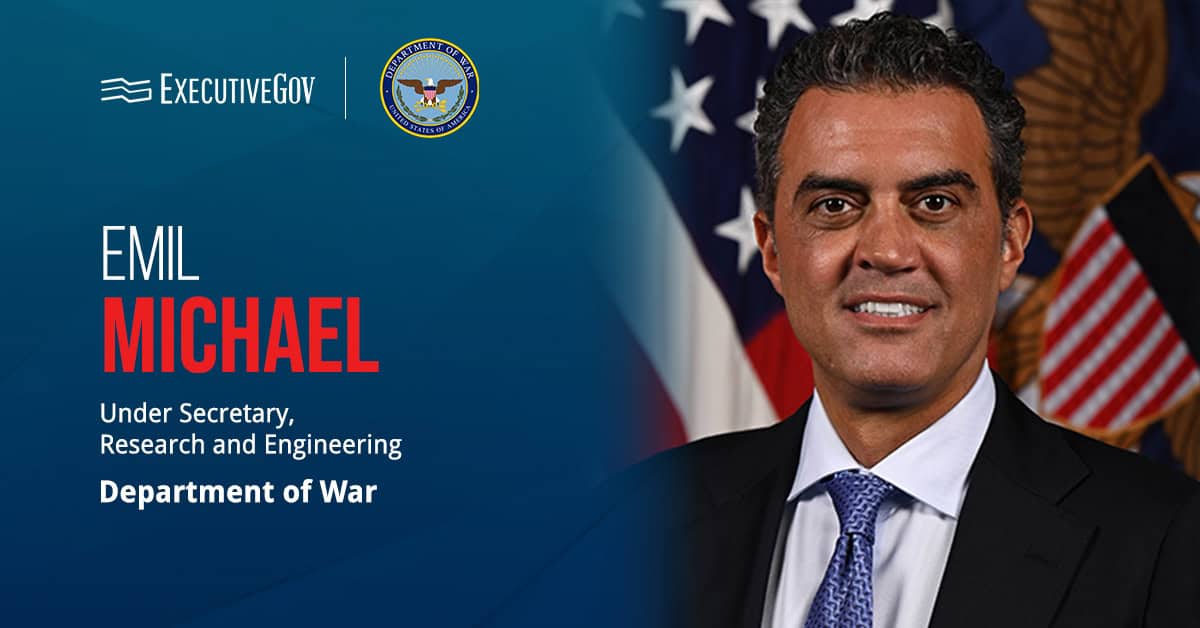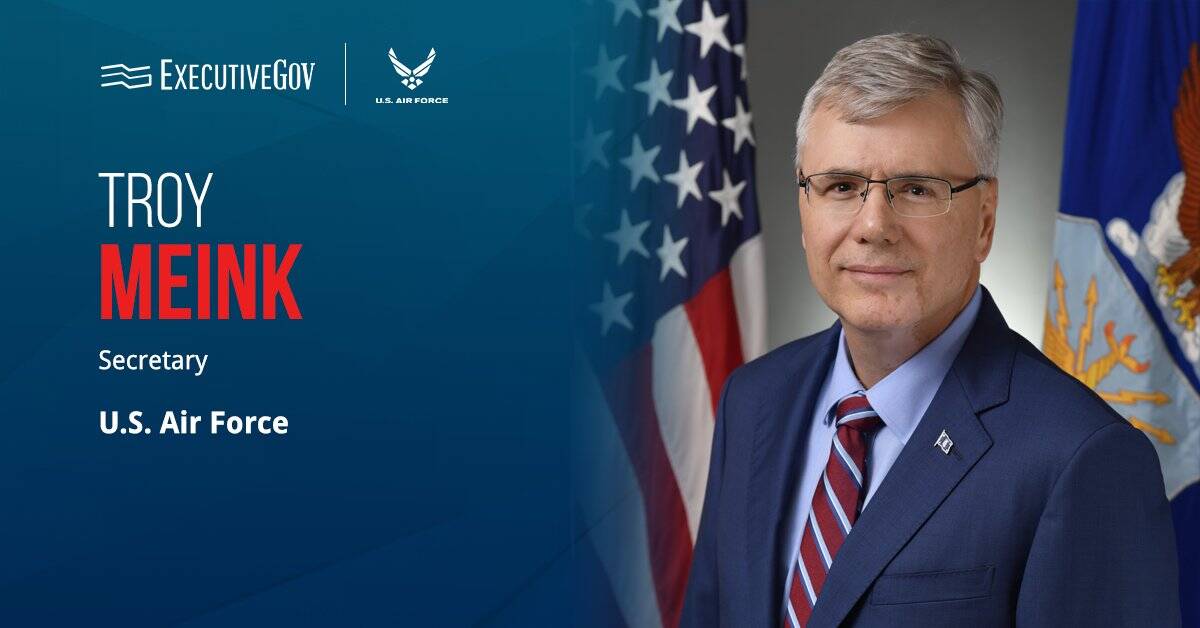 The Department of Energy has recently earmarked $5.8M to fund research and development initiatives in a bid to design technologies aiming to boost the resilience of the nation’s power grid.Â
The Department of Energy has recently earmarked $5.8M to fund research and development initiatives in a bid to design technologies aiming to boost the resilience of the nation’s power grid. The DOE said Tuesday the funding opportunity announcement, which supports the department’s Office of Electricity Transmission Reliability program, seeks to invest in applications that leverage artificial intelligence, machine learning and big data platforms to secure grid and grid sensor health.
Specifically, the DOE will provide funding allocation to support projects that aim to create tools and mechanisms that sustain grid analytics and scaling; grid asset management and automated controls that can help system operators prevent grid outages, maintain operations and address costs.
Interested private sector parties may submit proposals until Nov. 9.
Â
Â





